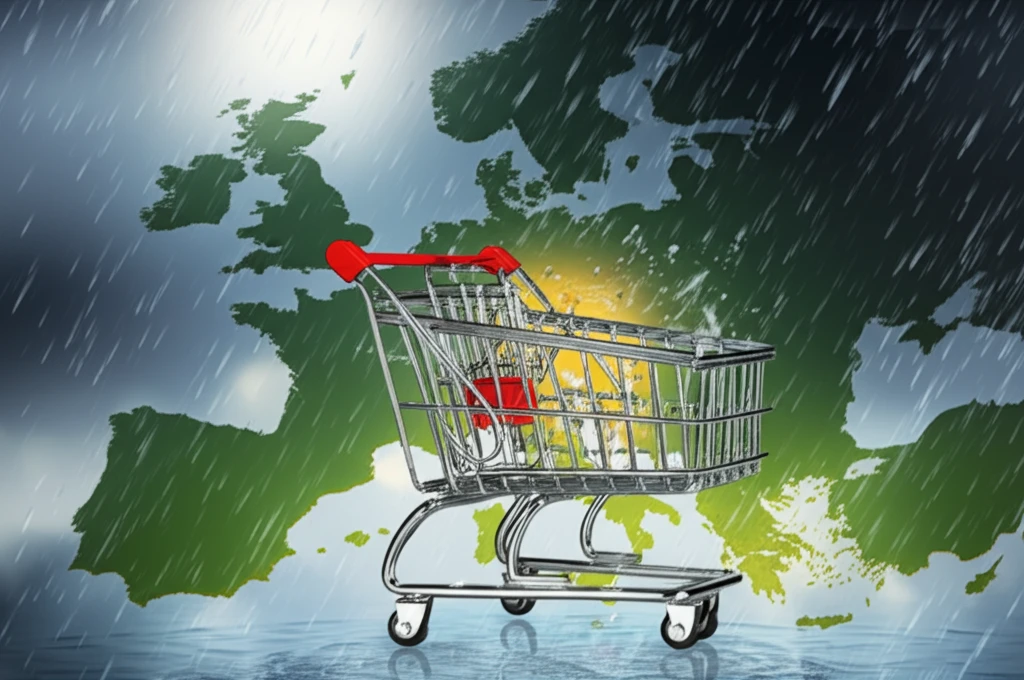
Is Climate Change Costing You More at the Checkout? How Weather Impacts Prices
"New research reveals the hidden ways climate change and extreme weather events are driving up consumer prices in the Euro area, hitting your wallet where it hurts."
Climate change is no longer a distant threat; it's increasingly impacting our daily lives, and one of the most tangible effects is the subtle but steady rise in the cost of goods and services. From the food on our tables to the energy that powers our homes, climate change is quietly reshaping the economic landscape, particularly within the Euro area.
A recent study sheds light on the intricate ways that weather anomalies influence consumer prices. It moves beyond simple averages to explore how different climate zones and specific weather events contribute to inflation. By understanding these dynamics, we can better prepare for the economic challenges posed by our changing climate.
This article unpacks the key findings of this research, revealing the surprising connections between weather patterns and price fluctuations. We'll explore which sectors are most vulnerable, how these impacts vary across different regions, and what this means for your personal finances.
Unveiling the Hidden Costs: How Climate Change Drives Inflation

Traditional economic models often overlook the granular impact of climate change, focusing instead on broad averages. However, climate change manifests differently across regions and sectors. A heatwave in Spain will have a different economic impact than a drought in Germany. This localized impact is often lost when looking at national averages.
- Location Matters: A weather anomaly's impact depends on its specific location and the economic activities prevalent in that region.
- Size of the Area: The larger the area affected by a weather event, the more significant the potential impact on prices.
- Magnitude and Duration: The severity and length of a weather event play a crucial role in determining its economic consequences.
Protecting Your Wallet in a Changing Climate
The study's findings underscore the need for proactive measures to mitigate the economic risks of climate change. Governments and policymakers must consider climate-related factors when formulating economic policies. Individuals can take steps to reduce their vulnerability to price fluctuations by diversifying their spending habits, supporting sustainable businesses, and advocating for climate-conscious policies. By understanding the connection between climate and consumer prices, we can make informed decisions that protect our wallets and contribute to a more sustainable future.
